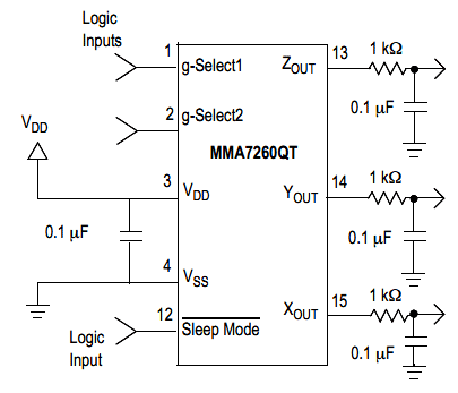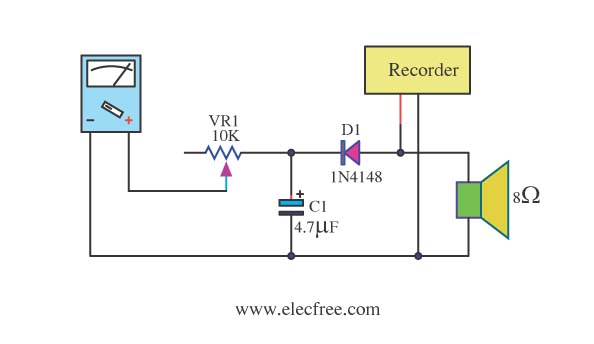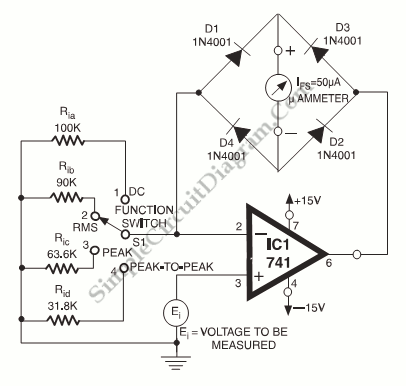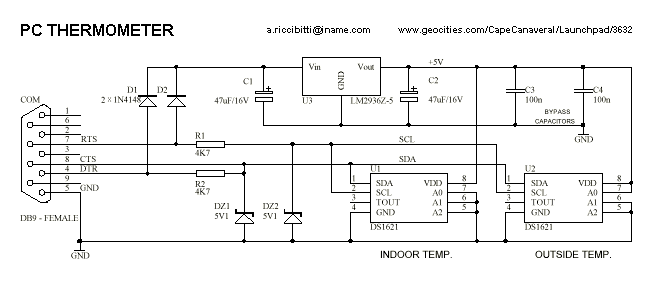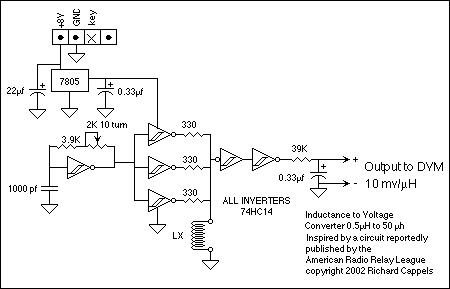
Signal-Strength Meter

This field-strength meter is designed for antenna testing. It operates within a frequency range of 6 to 60 MHz and utilizes a durable 0 to 1 mA meter. A 9V battery provides the necessary power supply. The device can be housed in a compact plastic or metal enclosure.
The field-strength meter serves as a critical tool in the evaluation of antenna performance, allowing users to measure the strength of radio frequency signals across a specified frequency range. The operational range of 6 to 60 MHz encompasses various amateur radio bands and is suitable for both testing and optimizing antenna configurations.
The 0 to 1 mA meter is a key component of the device, providing a direct visual indication of signal strength. This analog meter is designed for durability and reliability, ensuring accurate readings during field tests. The analog nature of the meter allows for quick assessments, as the user can immediately observe fluctuations in signal strength in real-time.
Powering the device with a 9V battery ensures portability and ease of use, making it suitable for outdoor testing scenarios. The choice of a battery power supply also contributes to the overall compact design of the meter, allowing it to be easily integrated into a small enclosure.
The enclosure can be constructed from either plastic or metal, depending on the user's preference for durability and weight. A plastic case may provide adequate protection while keeping the overall weight low, while a metal case may offer additional shielding from external electromagnetic interference, thus improving measurement accuracy.
In summary, the field-strength meter is an essential instrument for professionals and hobbyists engaged in antenna testing, providing a robust and portable solution for evaluating signal strength across a wide frequency range. This field-strength meter is useful for antenna testing. It covers 6 to 60 MHz and uses a rugged 0-to-l mA meter. A 9 -V battery supplies power. The unit can be mounted in a small plastic or metal case.
The field-strength meter serves as a critical tool in the evaluation of antenna performance, allowing users to measure the strength of radio frequency signals across a specified frequency range. The operational range of 6 to 60 MHz encompasses various amateur radio bands and is suitable for both testing and optimizing antenna configurations.
The 0 to 1 mA meter is a key component of the device, providing a direct visual indication of signal strength. This analog meter is designed for durability and reliability, ensuring accurate readings during field tests. The analog nature of the meter allows for quick assessments, as the user can immediately observe fluctuations in signal strength in real-time.
Powering the device with a 9V battery ensures portability and ease of use, making it suitable for outdoor testing scenarios. The choice of a battery power supply also contributes to the overall compact design of the meter, allowing it to be easily integrated into a small enclosure.
The enclosure can be constructed from either plastic or metal, depending on the user's preference for durability and weight. A plastic case may provide adequate protection while keeping the overall weight low, while a metal case may offer additional shielding from external electromagnetic interference, thus improving measurement accuracy.
In summary, the field-strength meter is an essential instrument for professionals and hobbyists engaged in antenna testing, providing a robust and portable solution for evaluating signal strength across a wide frequency range. This field-strength meter is useful for antenna testing. It covers 6 to 60 MHz and uses a rugged 0-to-l mA meter. A 9 -V battery supplies power. The unit can be mounted in a small plastic or metal case.
